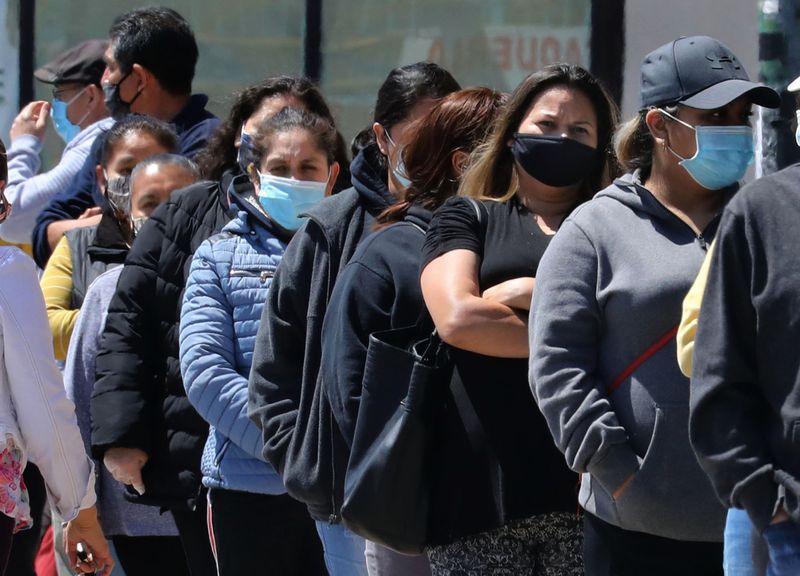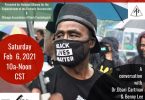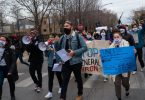Like so many Mexican immigrants, Melissa Martinez Zepeda’s parents don’t have the privilege of working from home. Both of their workplaces — a warehouse and factory — continued to operate even after the COVID-19 pandemic struck. And, unfortunately, both contracted the disease after dutifully showing up to their jobs.
Their symptoms were mild, and they are OK now, but the turn of events left their daughter with great anxiety.

Martinez Zepeda still frets about her parents’ health as they return to work. She also worries that other families will face the same anguish she did — or worse — after the city and state recently lifted many stay-at-home restrictions.
For many in Chicago’s Latino community, the prospect of more people getting out and about sows more anxiety than optimism. Although surges of coronavirus infections have also severely affected other communities, including African Americans, state data indicates that Latinos have a higher infection rate than any other racial or ethnic group in Illinois.
Coronavirus tests taken by Latinos also have come up positive nearly 46% of the time, according to an analysis of data from the Illinois Department of Public Health carried out by the Latino Policy Forum. That is a far higher rate than for the state as a whole, where the positivity rate has dropped below 20%.
Illinois COVID-19 cases and deaths by racial, ethnic group
Latinos have the highest rate of confirmed cases in Illinois. Death rates are highest for African Americans. Data is as of June 4.










